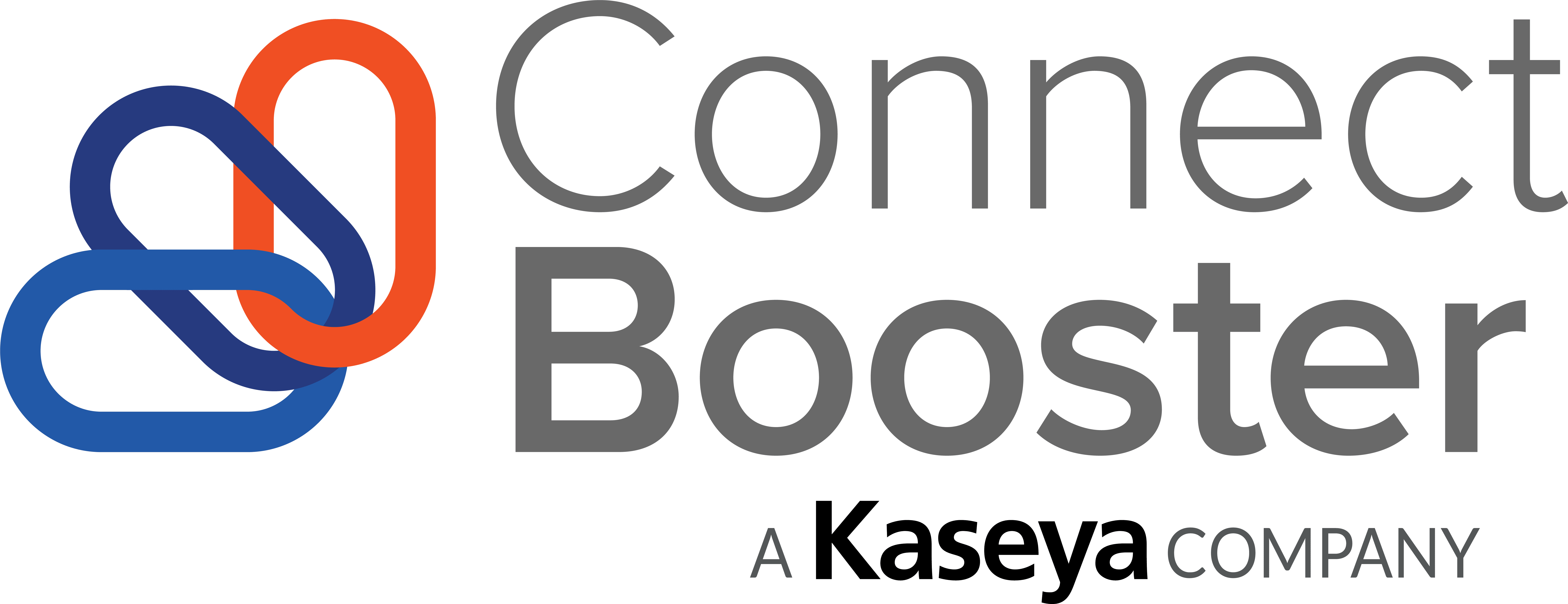Do you know what your IT services business is worth? That may seem like a loaded question, and the answer may vary based on a variety of factors, but relatively few MSPs can provide an accurate, instantaneous assessment of their firm’s true market value. Would you know the difference between a fair and low-ball price if someone made you an offer right now? The truth is, many business owners in that situation might not accurately assess the value of the opportunity.
Even without the need, desire, or chance to sell, MSPs should be able to calculate a price (or range) in which they would seriously consider accepting an offer. Sellers often envision receiving a much higher value than prospective buyers. On the buyers’ side, any investor must look objectively at the ROI of any potential deal and determine how that new piece would fit into their business strategy. A lessor match will typically receive a lower offer than an MSP that “checks more of the boxes” for the prospective buyer.
It’s like buying a house. People are willing to pay more if it closely matches the purchaser’s ideal vision for a home with little or no further investments after the sale.
Beyond the Money
Finding that “right fit” buyer for your MSP isn’t always a given. The more unique your business case and less repeatable or scalable your operations, the harder it may be to locate a match, which can lessen the value of the business. While some prospective buyers may appreciate niche MSPs, the ability to easily grow sales and revenue is one of the largest pricing factors.
It’s simple math. Price is all about risks and opportunities. The better and faster the prospects of covering the purchase of an MSP, the more valuable the deal.
Financial factors are usually just part of the equation. A “big picture” MSP may place a higher value on a specific clientele, high-level talent, certain solution sets, buildings/equipment, or a number of other business considerations. Understanding the “worth” of the known resources and the intangibles that would attract various acquirers will simplify the pricing and negotiations processes. That’s why experts suggest MSPs bring in an IT service experienced M&A expert to help conduct a comprehensive assessment of all their company’s assets before selling the business.
Benchmark Your MSP’s Metrics
Your MSP could be one of many options a prospective buyer is considering. In some cases, the suitor may even contemplate different business types in other industries to determine the best potential ROI. That is if you truly intend to sell.
Building your MSP’s value may have little to do with M&A. You may plan to transition the business to family members, co-workers, or others as part of a long-term exit strategy with no upfront money changing hands. A common best practice for a new MSP is to track valuation monthly or quarterly as they acquire clients and contracts and hone their deliverables.
Providers should also know what their business is worth for succession planning and insurance reasons. A proper valuation gives insight into covering employees and other stakeholders from disasters, such as the loss of a principal investor, fire, or other liability. Without having a ballpark appraisal, at a minimum, it would be difficult to appropriately insure the business and ensure continuity.
Knowing which metrics to use to gauge the value of your MSP makes that easier. Here are a few key performance indicators (KPIs) peers use to calculate their net worth.
- Monthly Recurring Revenue (MRR). This metric assesses the income an MSP produces from its subscription services. You can calculate that number by totaling the monthly billing charges for each client and then deducting hardware sales and one-time or intermittent fees. MRR has become the go-to metric for instantly measuring an MSP’s financial health and value. Investors, financial institutions and partners will typically ask for this number to determine the viability of any prospective M&A or lending opportunities.
- Earnings Before Interest, Taxes, Depreciation, and Amortization (EBITDA). It’s important to periodically measure the total financial performance of a business. MSPs may substitute this KPI with earnings or net income since it ignores accounting and financial deductions that tend to distort the real revenue opportunities. Service Leadership suggests top-performing MSPs typically exceed 19% EBITDA.
- Agreement Profitability or Managed Services Contract Profitability. Tracking this KPI helps MSPs manage and improve efficiencies within their operation. According to Taylor Business Group, each managed services agreement should produce a 65% gross margin. If not, your services prices or productivity may be too low, or your processes need improvement.
- Churn Rate (Clients). Measuring the percentage of clients your MSP loses over time is critical to retention plans and potential M&A efforts. Whether firing or mutually agreeing to part ways with customers, that metric, when combined with the lifetime value of an average account, helps you assess the business’s health and cost of potential failures. A retention rate of 90% or higher is what most investors look for in an MSP business.
- Client Lifetime Value (CLV). This metric lets MSPs evaluate the financial benefits of gaining and keeping a business customer. Understanding the value of different income opportunities lets you know how much you can spend to acquire and maintain those business relationships. To calculate this KPI, you’ll need to include sales, marketing, and support expenses, the cost of the goods and services, and any other revenue streams from that client over the projected period. A standard five-year baseline will give you a good idea of each prospect’s long-term value to your bottom line.
- Inbound Qualified Lead Velocity. How much are your sales opportunities growing month over month? Measuring your company’s pipeline is crucial for your bottom line and potential buyers or investors. Knowing which prospects, especially those with the greatest revenue potential, are most likely to become paying clients is an essential step for planning. Will you need to hire techs and invest in new tools to support these customers? The more confidence your team has in its lead funnel, the easier it is to make those decisions.
- Service Utilization or Technician Utilization. Workforce efficiency is one of the most critical KPIs in an MSP business. Since IT talent is one of the costliest expenses, the goal is to keep this KPI as high as possible. Your team’s productivity is important to profitability. MSPs can use this metric to calculate the effect of new hires, technology investments and integrations, and client onboarding on their bottom line.
- Net Promoter Score. Do you truly know if and how much your customers value your service? This KPI measures how strongly your customers will recommend your MSP to other businesses on a scale of zero (never) to 10 (highly likely). The Net Promoter Score is fairly easy to calculate and track and manage today with the help of a variety of cost-effective tools. Of course, this metric also allows MSPs to spot negative trends and potential issues that may affect upselling opportunities and renewals.
- Service Level Agreement (SLA) Compliance. This KPI measures the percentage of client incidents resolved within previously established boundaries. Is your team meeting your MSP’s standards and customers’ expectations? The SLA compliance metric also allows you to evaluate and verify that service level objectives are reasonable and obtainable and adjust those standards if and when needed. If falling short, MSPs may consider hiring more personnel or partnering with third parties to increase their support capabilities and decrease response times.
Keep Your Eye on Other Key Metrics
No single KPI can predict the future of your business. In addition to continually reviewing the metrics above, MSPs can better measure their financial health by periodically checking a few other statistics. Taking a deeper look at the books on a monthly or quarterly basis helps focus your attention on the value of your business and note any inconsistencies or anomalies in the numbers. Other critical KPIs to watch include:
- Net Profit Margin. This metric shows the business’s after-tax profit for every dollar of revenue it generates.
- Gross Profit Margin. How much money does the MSP have left after subtracting the costs of providing services? While revenue may fluctuate month to month, gross profit should remain steady.
- Average Monthly Recurring Revenue (MRR). This metric is the median income an MSP generates each month for repetitive services under contract.
- New Recurring Revenue. The ability to generate continual income with minimal effort is a huge value to investors, buyers, and lenders.
- Cash Flow. If an MSP doesn’t have a strong and growing payment stream, it can’t effectively scale.
- Average All-in Seat Price (AISP). This KPI represents the total expense incurred by every end-user supported by the MSP.
Does financial performance align with expectations? Do you need to make course corrections to address potential issues? Hold yourself and other stakeholders accountable for regularly finding the answers to those questions to keep everyone in the know and on track. Every MSP’s leadership team should understand the numbers and how to positively impact those KPIs.
As you review your MSPs value and measure KPIs, don’t confuse outstanding accounts receivable with revenue. Money is only considered revenue after it’s exchanged hands and resides in your bank account. ConnectBooster has helped thousands of MSPs automate getting paid for greater cash flow. Request a demo to learn how ConnectBooster can help your MSP drive down A/R, and save time and money so you can focus on growing your firm and its value.


